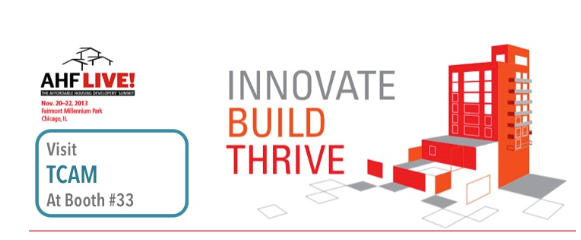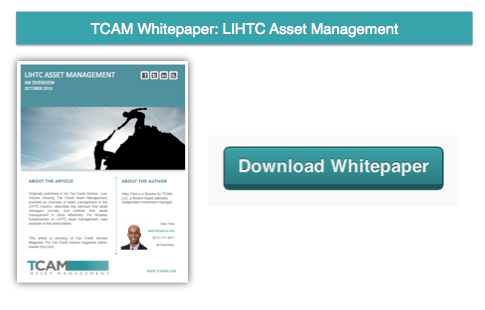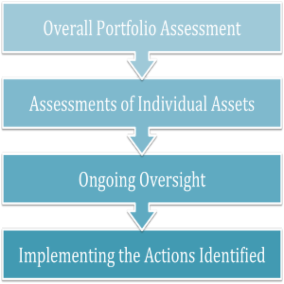On January 6, 2014, former Congressman (D-NC) Melvin Watt was sworn in to a five-year term as the first Senate-confirmed Director of the Federal Housing Finance Agency (FHFA).
First Senate-Confirmed Director
Watt replaces Edward DeMarco, who has led the agency in an acting capacity for over four years. FHFA was created by the Housing and Economic Recovery Act of 2008 to oversee Fannie Mae, Freddie Mac and the 12 Federal Home Loan Banks and is responsible for oversight of the $5.5 trillion mortgage finance market.
Watt formerly represented the 12th congressional district of North Carolina as a member of the U.S. Congress for more than 21 years. As a member of Congress, Director Watt served on the Committee on Financial Services and its Subcommittee on Capital Markets and Government Sponsored Enterprises. He also served on the House Judiciary Committee, where he was Ranking Member of the Subcommittee on Intellectual Property, Competition and the Internet.
Pending Decisions
Although it is unclear what policies Watt plans to implement at FHFA, he recently stated that he intends to delay an increase in guarantee fees on Fannie Mae and Freddie Mac-backed mortgages that FHFA announced last month. Several housing groups are recommending that Watt push Fannie and Freddie to do more to promote affordable homeownership for low-income borrowers and make contributions to the Housing Trust Fund.
In addition, at a Senate Banking Committee hearing held to review his nomination last summer, Watt told senators that he supports a housing finance system in which the private market takes on the brunt of the risk, but he did not offer details about how such a system should be structured.
Current Legislative Efforts
Meanwhile, Congress has been working to draft legislation to address the future of Fannie and Freddie. The proposed Corker-Warner bill – also known as the Housing Reform and Taxpayer Protection Act – seeks to wind down Fannie and Freddie within five years. The government-sponsored agencies’ multifamily lending would be transferred to the newly created Federal Mortgage Insurance Corp. (FMIC). Based on the Federal Deposit Insurance Corp., the FMIC would collect insurance premiums and maintain a deposit fund on outstanding obligations, providing a backstop insurance only after a substantial amount of private capital is exhausted.
In addition, FMIC would collect a fee, between five and 10 basis points, on all securities it guarantees and revenues generated from the fees would be used to support affordable housing. In the House, Congressman Jeb Hensarling (R-Texas) introduced a bill, proposing the elimination of Fannie and Freddie and heavy restrictions on the FHA. However, housing industry officials have vowed to fight against this plan.
TCAM is monitoring developments at FHFA including legislative proposals to reform the nation’s housing finance system and its potential impact on affordable housing. For the latest updates on FHFA, contact Steve Spall (sspall@tcamre.com) and Allen Feliz (afeliz@tcamre.com) — (617) 542-1200.










